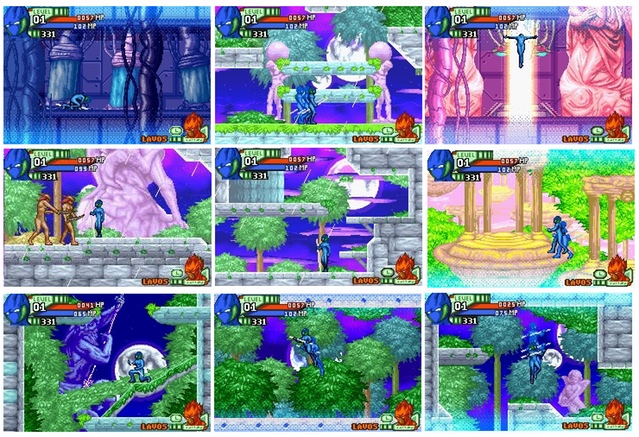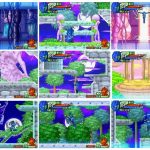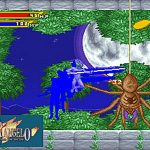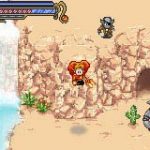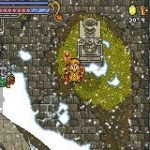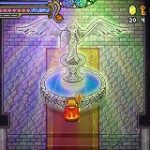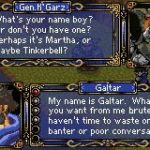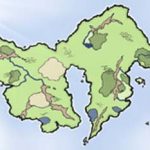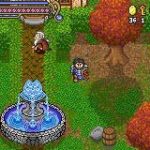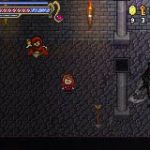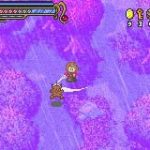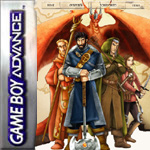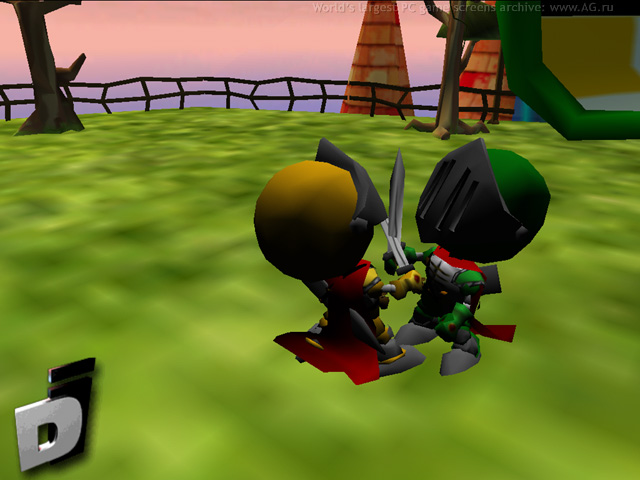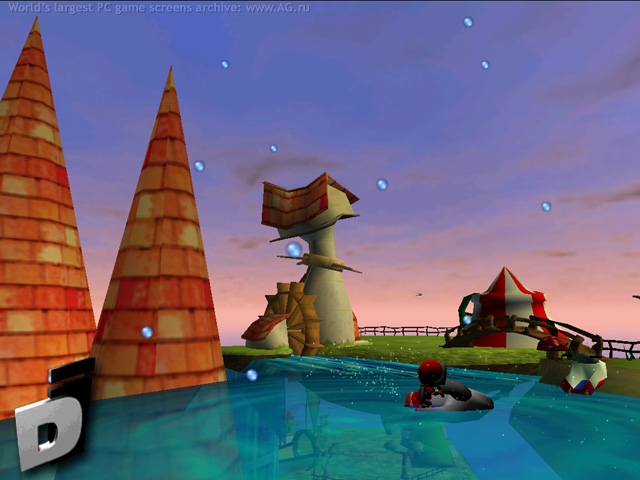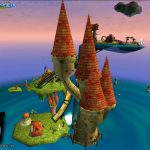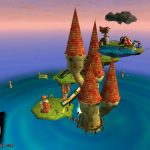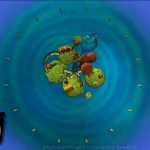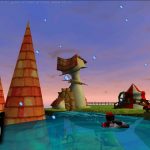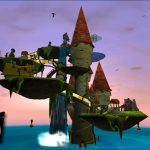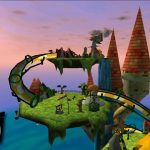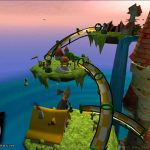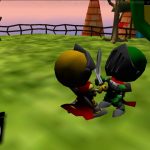Created by Adriano Baglio (Virtual Spaghetti) and published by Shibuya Interactive, Blue Angelo was originally developed in 2004 for the Korean GamePark 32 console and well received by the public. Little information is available on Shibuya Interactive but the company appears to be no longer in existence. Unfortunately the GP32 sold poorly and prevented the game from gaining any real attention. While a Game Boy Advance version of Blue Angelo was planned for release after the European launch of the GP32, the Korean handheld was never released there and thus the Game Boy Advanced port was canceled.
Firmly embedded in sci-fi and fantasy, Blue Angelo’s storyline involves the idea that Earth is a planet created by a group of unknown creatures. While Earth is instinctively violent, humans have progressed to the point where a large number of the population has left the planet in order to pursue colonization in other parts of the galaxy. One of these planets, Lyra, has been afflicted by a variety of monsters and demons. The scientists on Lyra create a fighter of their own (controlled by the player) in an effort to eliminate any existing threats on the planet. Mysterious in nature, the fighter does not eat or drink and has a lifespan limited to the course of only one year. This creature is called “creature 331” or Blue Angelo. The subtitle of the game appears to have been “Angels from the Shrine,” but it remains uncertain exactly how this subtitle factors into the Blue Angelo storyline.
Blue Angelo for the Game Boy Advance was about eighty percent completed on Livello, a level editing program, before it was canceled. There are currently two playable versions of the of the GBA version available online: one offers only a demonstration of two monsters, while the second version is a more polished prototype. These small samples of the game are merely intended to provide an idea of the work in progress and show off gameplay elements. The GBA version of Blue Angelo utilized parallax scrolling of 4 or 5 layers while adding transparency special effects, which at the time was unprecedented for handheld consoles. It is unknown if the GP32 version used the same method.
The sidescrolling mechanics and button use for Blue Angelo appears to be fairly standard with the exception that the L button of the GBA port is designated as the “call the invocation lavos” button (according to available information on the game). While not exactly explained, this does sound like a summons button and would fit with the game’s world.
For many years, a reboot of Blue Angelo was considered. A failed Kickstarter campaign was launched for a PC version of an updated Blue Angelo game, emphasizing a complete redo of the game with improved graphics and providing each character with a unique feature. The game’s designers wanted to use the Unity Engine 2D to achieve organic 2D effects that are both easy to understand and simple to navigate. New stories and a unique universe apart from the GP32 and GBA versions of the game were also created for this renovation. It’s unknown how much of the story would carry over from the original game.
This Kickstarter was run by the publisher Vetasoft, a company founded in 2009 by the brothers Adriano and Massimia Baglio in Mons, Belgium. Vetasoft has established a reputation as a game developer for mobile devices, developing such games as Lucky Luke Shoot & Hit, Yakari Wild Ride, and Garfield’s Wild Ride. While the Kickstarter failed to reach its goal, it’s unknown if Vetasoft will continue pursuing the Blue Angelo reboot.
Article by Blake Lynch, thanks to Lanz for the contribution!
Images:
Videos:

